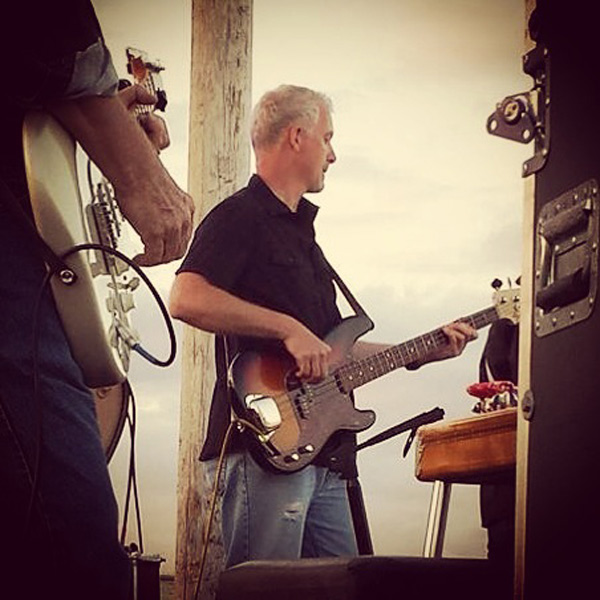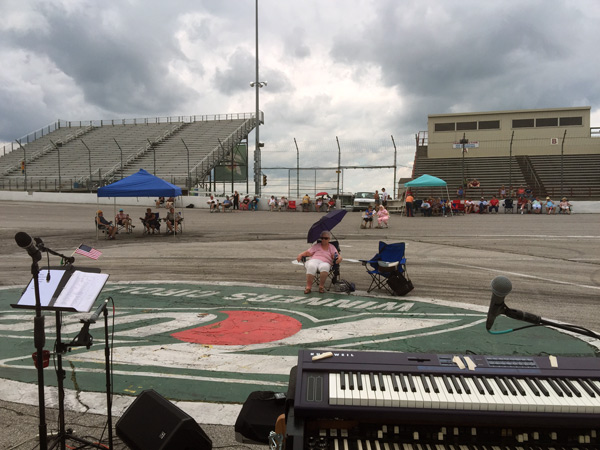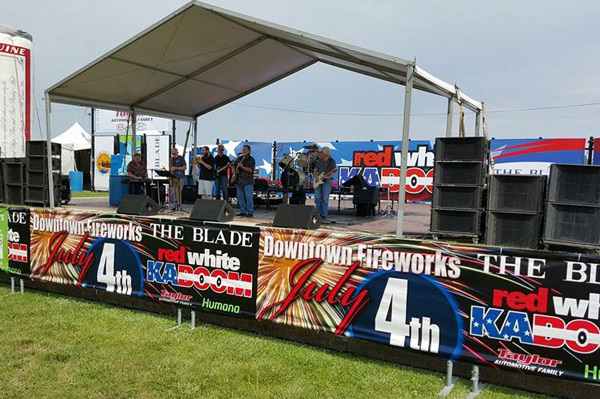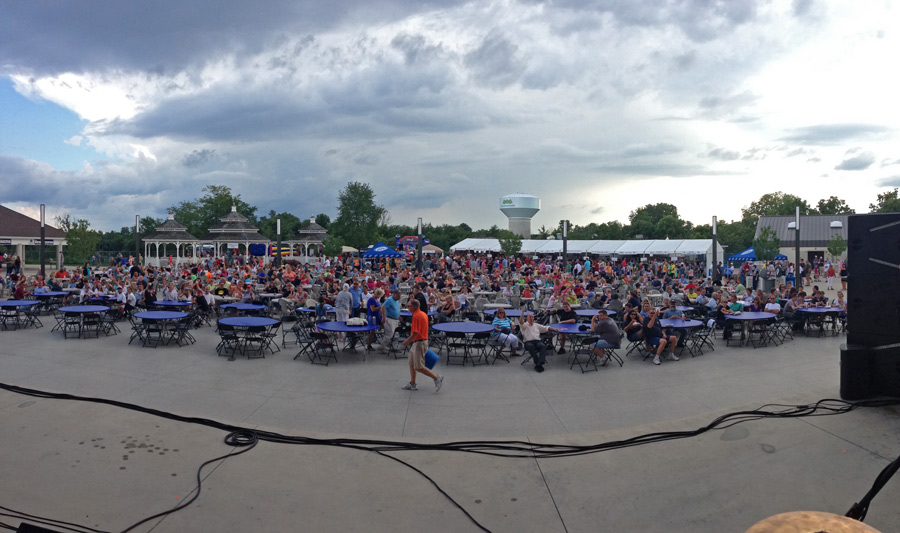
Benefit shows. If you’ve been a musician for more than about 30 minutes, chances are you’ve been asked to play at least one. If you’ve been gigging regularly for over 35 years, like me, you’ve probably given up trying to count the number of requests you’ve received. Now, let me point out right up front that I’m not against benefit shows. I really don’t mind donating my time and resources for a few deserving and well-managed charities each year. It feels good to give back, and I rarely pass up a chance to play music, when given the chance. But lately, it seems like every week someone is holding a benefit of some sort and expecting musicians to give up their personal time and talents for free, while being treated like third world refugees. A recent bad experience at a benefit show prompted some rumination, and subsequently, this post.
Before getting into any of the logistics and technical mumbo-jumbo, let’s talk big picture. If you’re an organization asking a band (or ANY individual or business) to donate their time, talent, equipment usage, mileage, etc., you need to make the experience as inviting and comfortable as possible for them. Word gets around town, especially in my relatively small midwestern market. If you take care of us and communicate your expectations early and clearly, then you will likely gain fans of your organization and have no trouble attracting high quality talent for your future events. If you jerk people around, you’re done. Plain and simple. Make no mistake, I’m not rolling up to benefit shows expecting private, climate-controlled trailers with catering and an open bar. But small things, like an iced-down tub of bottled waters near the stage, go a long way toward making musicians feel appreciated and respected.

So, first up, What NOT to Do:
– DON’T recruit acts for your benefit, then go into “radio silence” until the event
– DON’T leave bands guessing as to load-in and parking procedures
– DON’T hold an outdoor event without a contingency plan for inclement weather
– DON’T be ambiguous about what backline or PA will or will not be at the event
– DON’T provide low-end, scraped-together sound equipment as your main PA
– DON’T locate your “Front of House” mixer ON STAGE, in front of the drum riser
– DON’T run the whole show off a small generator, with a myriad of household power strips and extension cords
– DON’T schedule your acts, back-to-back with no changeover period between bands
– DON’T make it difficult for the audience members to see or hear the entertainers
– DON’T have inexperienced or unnecessary people milling around the stage area before, during or after a band’s time slot
– DON’T promote the event in the media without mentioning the bands that are giving you their services
– DON’T expect the band/artist to do YOUR promotion for you
Alright, that’s a list of what NOT to do. So it stands to reason, you can take each item on that list, do the opposite thing and you will end up with happy musicians. And happy musicians will speak about your event to others in a positive way. Which means you’ll likely have a larger, more willing pool of talent to choose from for future events. And higher quality talent at your event will attract more attendees, which will raise more money for your cause, and so on and so on. This whole thing isn’t about pacifying temperamental artists, but raising the perceived value of your event in the eyes of those providing the entertainment, as well as the entire community.

So, that brings us to the list of What TO Do:
– DO make sure you provide multiple points of contact for the artists to reach you with questions. Provide cell numbers and emails of the event organizers, staging/backline/sound company, event site (if applicable).
– DO provide clear directions for accessing the event site – which entrance to use, where to unload, where to park, passes needed, etc.
– DO provide a completely covered stage area if holding an outdoor event, as well as access to some type of permanent structure (shelter house, etc.) in the event of lightning or worse. A professional staging company can provide a safe, well-constructed stage and truss system to support any flown lighting, PA or canopy.
– DO be clear about which, if any, equipment will be provided to bands – backline (amps, drums, keyboards), and sound equipment (mics, stands, cables, etc.).
– DO provide a high-quality sound system (including monitors, main PA rig adequate in size for the venue, ample assortment of microphones and DIs) and qualified crew to setup and operate everything.
– DO locate your “Front of House” mixer well out in front of the stage, if possible, to give the FOH engineer the best possible chance of creating a quality sound mix.
– DO provide proper power tie-in and distribution from existing electric service or provide an adequate generator.
– DO schedule bands with a small buffer period between acts to allow for one band to tear down and load out, while the next one begins setting up.
– DO make it enjoyable and comfortable for audience members to see and hear everything.
– DO limit the number of people on or around the stage during changeovers to qualified staff and volunteers only.
– DO provide a covered/shaded area for bands and artists to hang out before going on stage. Iced-down water or sodas are a plus.
– DO make every attempt to include your bands/artist in all promotion of the event, whether it’s local media (TV, radio, newspaper, billboard) or social media (Facebook page, Twitter, dedicated web page, etc.). Often times, this is the only tangible benefit a band or artist will receive in exchange for their donated time and talents. So, don’t overlook that.

While these suggestions are hardly meant to be a complete compendium of steps to a successful benefit show, I do believe they are a great starting point. Giving these items a little thought during the planning of an event can go a long way toward making things run smoothly for your staff, your audience, and the bands/artists that have graciously provided their time and talents.
